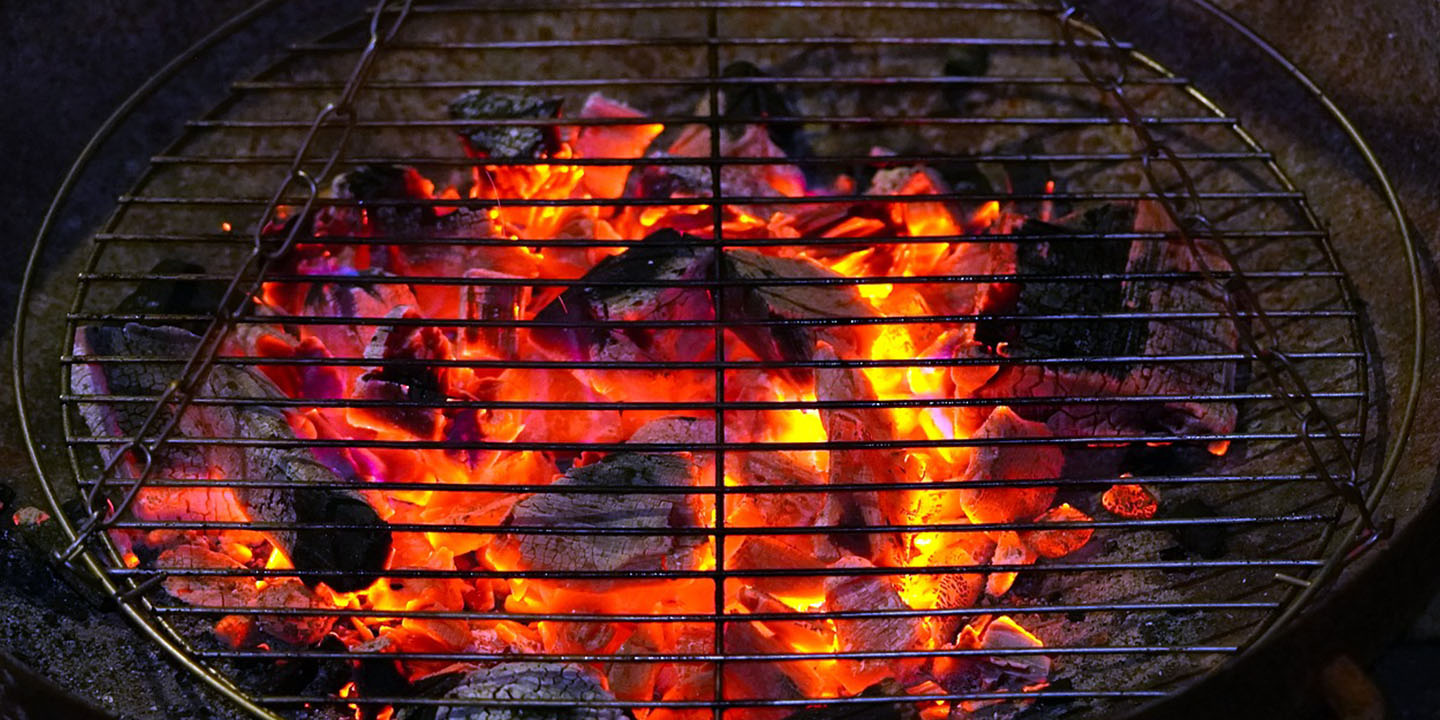Passing Phases With Lasting Consequences
We may think of fad diets as spontaneously spawning in the '80s, spurned on by lycra-clad jazzercise workout tapes, but actually, they're a lot older than we think. While some of the more dangerous diets on his list are things of the past, people are coming up with new ways to lose weight with every year.
1. Fletcherism
"Nature will castigate those who don't masticate," said the great fraudster Horace Fletcher. Fletcher advocated against eating entirely, urging practitioners to chew their food about 100 times per minute, consume the residual pulp, and spit the rest out. Fletcher believed his diet could cure alcoholism, anemia, appendicitis, and even insanity!
2. Tapeworm Diet
Tapeworms belong in horror stories, not in stomachs. And yet, in the early 1900s, there was a rash of people voluntarily consuming tapeworms with the hope of losing weight. It isn't long before the tapeworm moves on from eating the food inside the stomach to eating the stomach itself.
3. Arsenic Pills
People in the Victorian era loved arsenic for dyes, paints, poisoning inconvenient husbands, and even pills. Arsenic pills allegedly sped up metabolism, allowing users to shed pounds like winter coats. Unfortunately, the pills were not advertised as containing arsenic, and many people took them in great quantities.
4. Sleeping Beauty Diet
While regular sleep may aid in digestion, it should be in no way used in place of digestion. The sleeping beauty diet, or narcorexia, to use its scientific term involved spending days in a sedative-induced state of grogginess to encourage weight loss. We shouldn't have to explain how dangerous this one is, but Elvis himself tried it.
5. Graham Diet
Graham crackers were developed as an anaphrodisiac, or, a food believed to cure libido. Sylvester Graham, the man behind the cracker, ate a raw vegetarian diet without salt, fat, or spice. Rather than curing weight loss, this diet was meant to curb sinful urges.
6. Last-Chance Diet
One of the most terrifying diets on this list, the Last-Chance Diet was developed in the 1970s. Dieters subsisted on liquid protein made of pre-digested animal hides, other slaughterhouse byproducts, and artificial sweeteners. Several people lost their lives before the FDA stepped in.
7. Shangri-La Diet
One of the newer diets on this list, the Shangri-La diet was developed by a psychologist in 2006. This diet involved consuming 100-40 calories of olive oil in between flavored meals. Notably, this diet was developed based on a series of tests run on rats.
8. Grapefruit Diet
The bane of existence for many a teenage girl, the Grapefruit Diet was developed for Hollywood stars in the 1930s. Contrary to popular belief, this diet involved eating half a grapefruit with every meal, rather than instead of. Nonetheless, too much grapefruit can pose health risks, especially for those on certain medications.
9. Banting Diet
Developed by the formerly-obese William Banting, the Banting diet is one of the more reasonable diets on this list. One of the first low-carb diets, this diet cut out starch, sugar, and most dairy. However, we're not sure we'd want to take health advice from a funeral director!
10. Apple Cider Vinegar Diet
Today, the apple cider vinegar diet is associated with celebrities like Fergie and Heidi Klum, but it actually dates back to the early 19th century. Playboy poet Lord Byron was obsessed with his appearance, trying numerous diets to keep the weight off. He may have been the inventor of the apple cider vinegar diet.
a
11. Cotton Ball Diet
None of the diets on this list are necessarily healthy, but the cotton ball diet may be one of the most dangerous. Introduced in 2013, the cotton ball diet involved the consumption of five cotton balls dipped in liquid to fill the stomach without weight gain. However, cotton balls are not digestible and can lead to tons of medical complications.
12. Breatharianism
Breatharianism is more like a religion than a diet, but, whatever you call it, it's definitely a hoax. Practitioners of Breatharianism believe that food and water are actually unnecessary to human life, and that people can subsist on sunlight alone. Uh-huh.
13. Cabbage & Urine Diet
This one is seriously gross, so you've been warned. In the late Roman Republic, statesman Cato the Elder was cabbage's number one fan. That's fine in itself, but in addition to eating large amounts of cabbage, Cato also encouraged drinking the urine of people who eat a lot of cabbage.
14. Cigarette Diet
Luckily, humanity survived the era of doctors prescribing cigarettes as medicine, but there were some close calls. A Lucky Strike campaign in 1929 encouraged their product as an appetite suppressant. One tagline read: “Light a Lucky and You’ll Never Miss Sweets that Make You Fat”.
15. Paleolithic Diet
Imagining what life was like for Paleolithic people can be a fun thought experiment, not necessarily a medical one. The Paleo diet focuses on fruits, veggies, nuts, roots, and meat, cutting out everything else. In contrast to this diet DNA analysis states that early humans did in fact eat grains and starchy vegetables.
16. Carnivore Diet
The carnivore diet is one of the most extreme regimes out there. Under this diet, dieters eat only animal products such as meat, eggs, and dairy. An even more restrictive form of this diet only allows beef.
17. Alkaline Diet
The alkaline diet was developed in the 1860s under the assumption that food can make your blood more or less acidic. In reality, food does not affect your body's pH balance, and any "benefits" of this diet are unrelated to the diet as a whole.
18. Baby Food Diet
Let's get something clear: baby food is for babies, it's in the name. There are nowhere near enough calories in a jar of baby food to keep an adult human alive without several medical problems. Even eating the "recommended" 14 jars of high-calorie baby food would still put you in a calorie deficit.
19. Cabbage Soup Diet
What did cabbage do to these people to be the root of so much dietary restriction. This diet is, mercifully, meant for short-term weight loss rather than a long-term commitment. However, even if you were able to keep bowl after bowl of cabbage soup down for a week straight, any weight loss would more likely be water than fat.
20. Macrobiotic Diet
The macrobiotic diet takes ideas from Zen Buhhism and tries to apply them to eating habits. The macrobiotic diet is veganism on steroids, with whole grains, beans, and vegetables encouraged and everything else discouraged. While eating locally-grown foods can be great for you and the environment, it is not great as a cancer treatment, which is what this diet is billed as.
KEEP ON READING




























